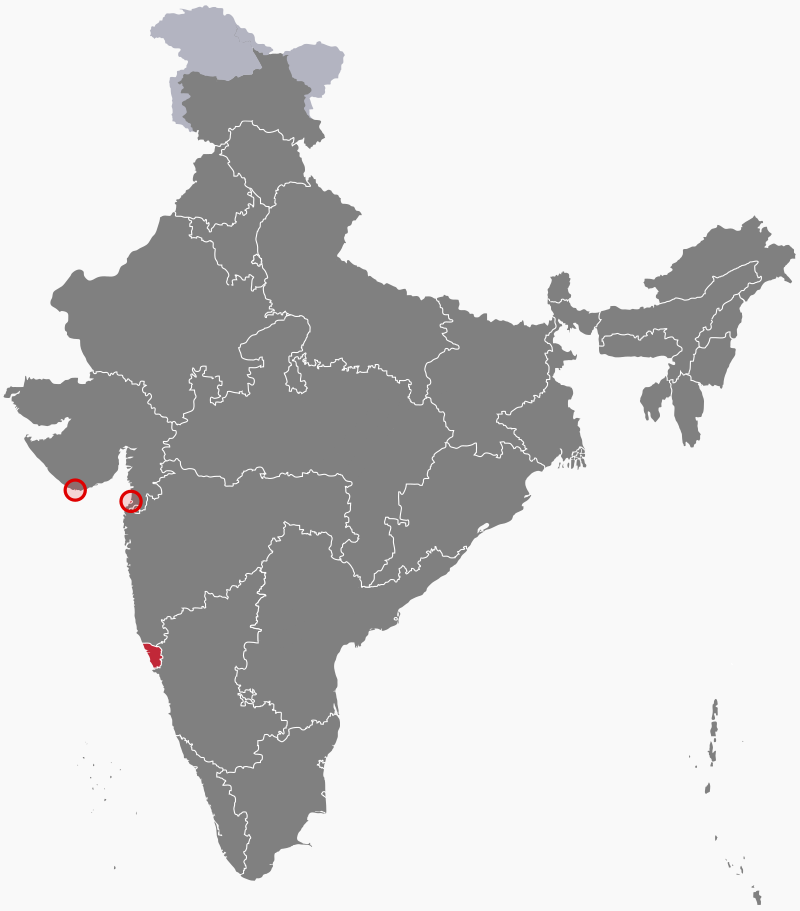Introduction
On December 19, 1961, the small state of Goa, located on the western coast of India, witnessed a momentous event – the Liberation of Goa. This event marked the end of over 450 years of Portuguese colonial rule in the region. The swift military operation conducted by India, known as “Operation Vijay,” resulted in the integration of Goa into the Indian territory. Today, December 19th is celebrated annually as Goa Liberation Day, commemorating this significant moment in Indian history.
Portuguese Rule in Goa
Goa’s history under Portuguese rule began in 1510 when Afonso de Albuquerque, a Portuguese admiral, captured the region from the Sultan of Bijapur. The Portuguese established their dominance and transformed Goa into a prosperous colony. Over the centuries, Goa became an important trading hub, attracting merchants from various parts of the world.
However, the Portuguese rule in Goa was not without its share of controversies. The colonial administration imposed heavy taxes, exploited the local population, and suppressed their cultural and religious practices. The Goans, predominantly Hindus, faced discrimination and religious persecution under Portuguese rule.
Indian Independence and Goa’s Struggle
After India gained independence from British colonial rule in 1947, the Goan people aspired to be part of the newly formed democratic nation. However, the Portuguese government refused to relinquish its control over Goa, treating it as a separate entity under their rule.
India repeatedly called for the integration of Goa into its territory, but diplomatic negotiations failed to yield any results. The Goan people, inspired by India’s freedom struggle, began their own movement for liberation. Several freedom fighters emerged, advocating for the end of Portuguese rule in Goa.
Operation Vijay: The Liberation
In 1961, the Indian government decided to take decisive action to liberate Goa. On December 19th, Operation Vijay was launched, with the Indian armed forces launching a swift military operation to free Goa from Portuguese control.
The operation was meticulously planned and executed, with the Indian Navy, Air Force, and Army working in coordination. The Portuguese garrison in Goa was caught off guard, and the resistance faced by the Indian forces was minimal. Within a few days, Goa was liberated, and the Indian flag was hoisted, symbolizing the end of Portuguese colonial rule.
Significance and Celebration
The Liberation of Goa holds immense historical significance for India. It marked the successful integration of a former colony into the Indian territory and reinforced the principles of democracy and self-determination.
Goa Liberation Day is celebrated annually on December 19th, with various cultural events, parades, and ceremonies held across the state. The day serves as a reminder of the sacrifices made by the freedom fighters and the triumph of the Indian armed forces in securing Goa’s liberation.
References:
1. https://www.history.com/topics/india/liberation-of-goa
2. https://www.goatourism.gov.in/about-goa/history
Conclusion
The Liberation of Goa in 1961 was a watershed moment in Indian history. It ended over four centuries of Portuguese colonial rule and paved the way for the integration of Goa into the Indian territory. This event holds immense historical significance and is celebrated annually as Goa Liberation Day. The liberation of Goa stands as a testament to the indomitable spirit of the Goan people and the determination of the Indian armed forces in upholding the principles of freedom and democracy.
SEO Excerpt:
Discover the historical significance of the Liberation of Goa (1961) and how it marked the end of Portuguese colonial rule in the region. Learn about the swift military operation, Operation Vijay, and its impact on Goa’s integration into India. Explore the celebrations of Goa Liberation Day and the references for further reading on this momentous event in Indian history.

